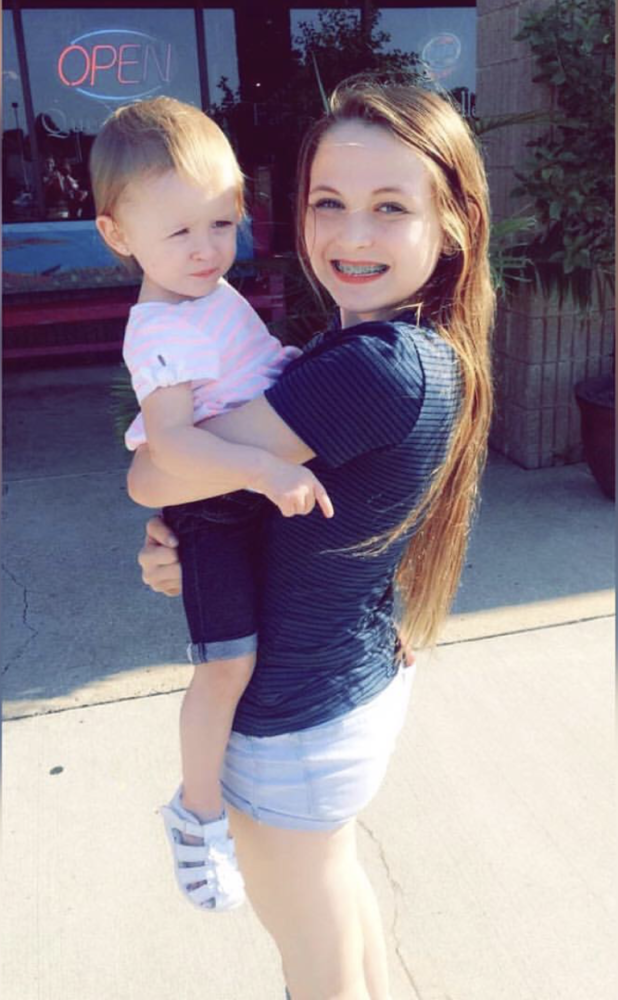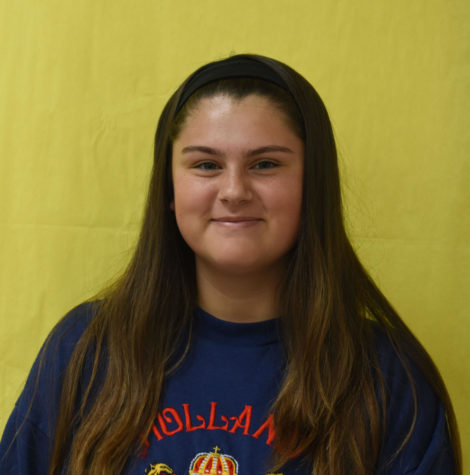13 Questions with Kaylee Smith
Before this diseases, sophomore Kaylee Smith was just a normal kid. Now she is learning how to cope with the symptoms for a good education.
October 12, 2017
Sophomore Kaylee Smith has had a heck of a life these past years. She has a disease that could potentially stay with her forever.
B What is your disease called?
K*It is called Postural Orthostatic Tachycardia Syndrome.
B How long have you been diagnosed?
K*I got diagnosed a year ago. I have been dealing with different health issues since I was 8 years old.
B When did you find out?
K*The first time I found out was last year, when I was going to homecoming. I got really dizzy and it was really weird cause I had never had anything like it before and the room was spinning. I went to the doctor and they told me I had POTS I didn’t just go to one doctor to find all this out, I had to go to multiple doctors.
B What are some side effects?
K *Headaches, dizziness, and my heart Rate *sitting to standing*
B How has it affected how you do things in your everyday life?
K *It’s affected me because I can’t do the things that I like to do sometimes.
B Tell me why you chose to leave school.
K *There is different kinds of lightings that mess with my head that make me dizzy and I get tunnel vision and everything is black except a circle of light that affects me and sometimes big crowds affect how I see and causes major dizziness but I have gotten somewhat better at that which is why I came back to school.
B What were the doctors reactions/ friends and family?
K *Doctors reactions were that is very rare and it is more common in girls, some guys can have it but mostly girls. They said I could either grow out of it or live with it for the rest of my life. My friends were confused because it’s a very confusing thing to describe mine. It is more common with the heart rate and dizziness. My family is very supportive.
B How many doctors do you have?
K Neurologist
Cardiologist
Physical therapist
Therapist
Biofeedback
Teen counselor
Primary doctor
B How long do you think it could take to cure the disease.
K *Not sure, I hope and feel like I am starting to grow out of it but there is still a chance that I could not grow out of it.
B What could happen if you don’t grow out of it?
K*I would have to learn how to cope with it for the rest of my life. It would be bad and I know that the symptoms will still be there and that it could get better or worse.
B What types of medications do you have to take?
K*I take Lexapro for anxiety and Magnesium to lower my blood pressure.
B What do you do to try and cope with the pain?
K*I like to draw, play ukulele, hangout with friends, listen to music and shop.
B What are some facts?
K *It is a rare disease and fewer than 200,000 cases in the U.S. per year. It is most common in girls and it ranges between people of the age of 15-50.


